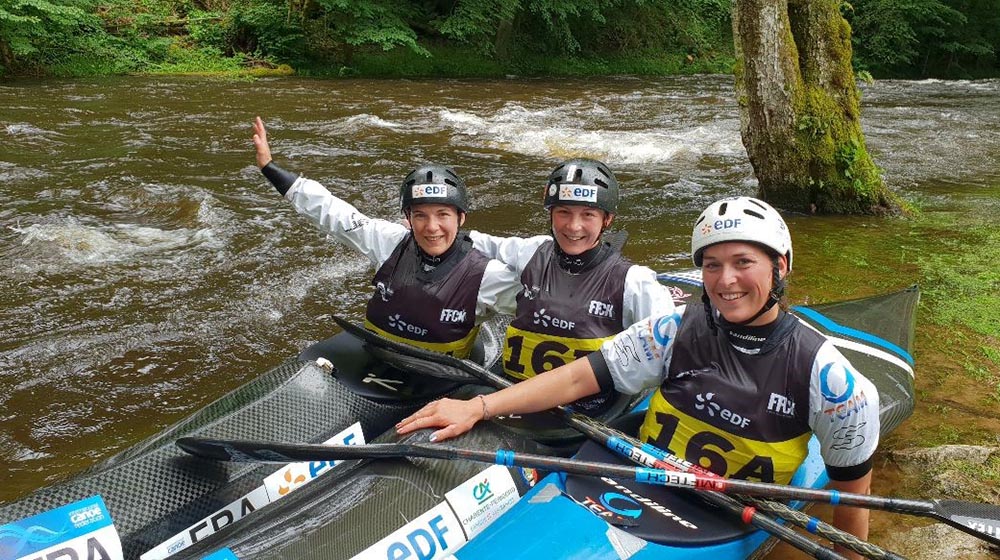
Learn different steering techniques for wind gusts
As the wind speeds change, so should your steering technique to stay focused on the speed and heel angle on your boat. Having guidelines of how to steer properly in different conditions can help you sail the boat as fast as possible.
To start, something that can help you increase the speed is to identify whether to telltale or heel-angle sail. When the winds are lighter, it is more appropriate to telltale. In this case, the skipper works hard to stream the telltales for maximum speed while the crew moves around to create perfect heel.
When the heel-angle sailing is overpowered, the skipper can steer more freely, focusing on a consistent heel angle. While during light air it is all about maintaining speed, in the breeze it is about heel angle.
How to steer in underpowered conditions
In this situation, the crew controls heel angle while the skipper sails to the telltales. The goal is to reach maximum speed, thus stream the telltales. When heel angle is on the crew, it is best if someone can communicate in the boat: either the skipper or mainsheet trimmer. This helps coordinate the team’s movements.
Also, if the conditions are very light, you might be heeling the boat a little extra to leeward. The jib trimmer should be to leeward playing the jib, as if the shifts come or the skipper needs to sail deeper, he will be there to trim or ease depending on the situation.
The skipper’s main goal is to sail straight while keeping max speed. In order to do this, the crew has to keep the heel angle perfect while the jib trimmer adjusts the jib. If you head up for heel-angle sailing when there are light winds, you end up pinching, and this slows the boat. In the case there is a small puff, it will go faster if the crew hikes against it while you sail straight.
The crew should move to the high side quickly when a puff hits the boat. On the other hand, if the breeze dies, they should slide in.
Light breeze building in
Under these conditions, the crew is still not fully hiking but everyone is on the high side. If you are the skipper you trim the sails a bit, the jib trimmer is on the high side and the jib is cleated. Now, you can sail a bit more to heel angle, which means steering up in the puffs. Also, the mainsail trimmer is helping the skipper keep the boat at the correct angle of heel.
However if there are waves, the boat will be accelerating all the time, so you might not pinch so much in apparent winds with these conditions. If it is really bumpy, you might be telltale sailing, so when you get a puff the crew should hike and trimmers should be ready to ease the sheet In flat water it is fine to head in the puffs to keep the heel angle down, raising the forward inside jib telltales to 45º more or less.
You will find interesting: How technology has changed the history of sailing
Steering techniques for overpowered conditions
Now, you will be properly heel-angle sailing. The breeze has built and everyone is fully hiked, and you are easing the main or dropping the traveler to keep the angle of heel constant. The crew will have to hike as hard as possible to keep the boat moving at decent speed.
If the breeze is strong, you might luff a foot or two on the front of the jib when big puffs hit the boat until you manage to ease the main. As you are going so fast and have that much power, sailing that high has no problem.
If the conditions are breezy but the water is flat, you can pinch more because no waves are slowing down the boat. If you are sailing in waves and are pressing on the telltales to go faster, watch for the flat spots.
Waves come in sets and in different shapes and sizes. Even on wavy days, there will be circular spots that are flat. Some sailors refer to these as plateaus.
If you enter a plateau and get a puff, try to feather or pinch. Then, just as the waves return, drop the bow down, depower and go for speed. Under these conditions, you will be sailing between slightly bow down and true heel-angle sailing.













_v2.svg)
_v2.svg)









_v2.svg)


